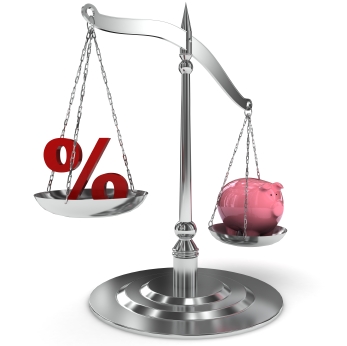How to Price Bank Loans

Usually the central bank in each country defines the interest rates that prevail in the economy and are used as the benchmark by the banks. However, some countries also enjoy floating interest rates that are allowed to swing within a particular range provided that the potential customer is willing to accept the terms and conditions. It is extremely difficult to regulate the lending rates in any economy by one authority. Banks usually lure large companies via low interest rates and often reject the individuals who are unable to show gigantic promising figures in their bank statements. Hence, the regulation, interpretation and ranking a loan is a very difficult task for any individual.
However, some techniques discussed later can help an individual to price a particular loan that will help in decision making process. Now governments are introducing a base rate that will help the central banking authority to regulate the loan interest rates in a better fashion. The major advantage of this is that all the borrowers will stand in one line, no difference between an individual or a huge company will be kept intact that often acted as the driving force in the negotiation process.
Instructions
-
1
Cost-plus loan-pricing model
This model deals with the basic calculation of the price of a loan. It doesn’t involve hefty mathematical analysis and is based on four different components:
- The funding cost incurred by the bank
- The operating costs of servicing the loan
- A risk premium
- A profit margin
Lender should add all the figures of the components stated above to find the price of a particular loan. It is one method to evaluate the cost of loan. -
2
Credit-scoring systems
Credit scoring deals with the credit rating offered by the companies that are internationally recognized to rate different types of financial institutions. Moody's Investors Service is one of the most famous organizations that award a credit rating to each financial institution. Hence, a lender should check out the credit rating of the firm and then give weightage to each firm according to his/her own wish. -
3
Risk-based pricing
Credit scores are already calculated by now. They will be used in this model as well. In this method, a lender should appoint particular risk to the borrower. The amount of risk is based on the credit history of the borrower as well as the amount of collateral that is offered for the deal.







